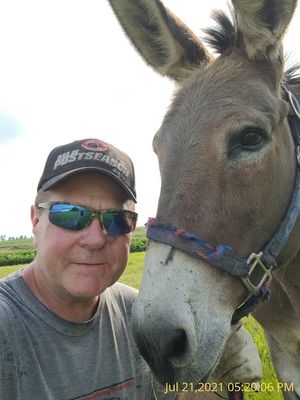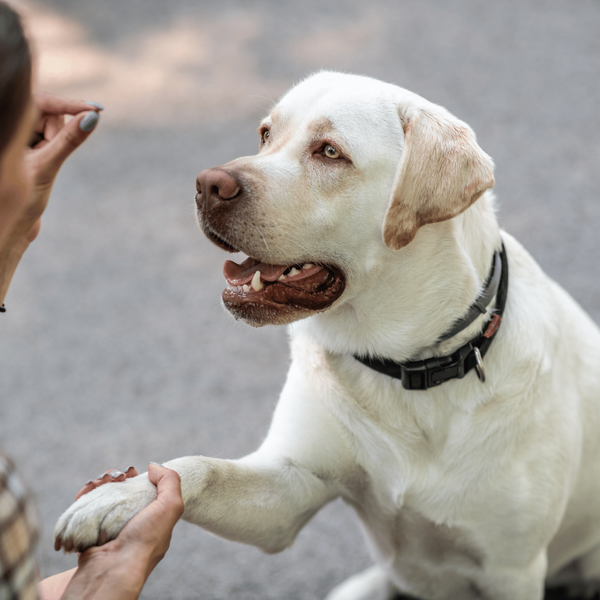Wild dogs are fascinating species that have adapted to live in many different environments across the world. As such, they have developed unique strategies for finding and using comfortable places to sleep. In this article, we will explore some of the most common places where wild dogs can be found snoozing.
One of the most popular sleeping spots for wild dogs is in the hollows of trees. Wild dogs will often dig out a small space to snuggle into and then cover it with dirt and leaves for extra warmth. The grooves of tree bark can also act as a mattress, providing additional comfort.
Another place wild dogs sometimes sleep is under rocks or boulders. The rocks provide shelter from the elements and can provide a comfortable place to stay warm. Wild dogs may also choose to sleep under logs or in other natural crevices so they are better hidden from other animal predators.
In some cases, wild dogs have even been known to use abandoned buildings or caves as their sleeping spots. These structures provide additional protection from the weather while also offering a place to keep out of sight.
Finally, wild dogs may sleep on the ground if there is no other shelter available. They will typically dig a small hole and then cover it with leaves for insulation. It's important that wild dogs and their pups have access to clean, dry bedding in order to remain healthy and comfortable when sleeping outdoors.
In addition to the places mentioned above, a wild dog may also take advantage of dens created by other animals. For instance, they may share an abandoned fox den or use a badger burrow as their own bedding spot.
Overall, wild dogs have been known to sleep in a variety of protected areas in order to stay safe and comfortable. Understanding their behavior can help us better understand how to protect wild dogs and increase their chances of survival in the wild.
African Wild Dogs

African wild dogs, also known as African painted dogs or Cape hunting dogs, are an endangered species native to sub-Saharan Africa. These animals have a unique and complex social structure, living in large packs that hunt cooperatively and share the spoils of their adventure. When it comes to finding safe places to sleep, African wild dogs are very particular about their selection. They typically search for hollows in the ground or under thick shrubs, but may also sleep in trees or on top of rocks. African wild dogs sleep in dens created by aardvarks and porcupines as well, so they can stay safe from potential predators while they rest.
Wild dogs are remarkable animals that exhibit a level of social complexity a lot like our pets and cooperative behavior comparable to that of humans. They are social animals that form intricate family groups called "packs" and live together in harmony, with each member playing a specific role to ensure the group's survival. From the pack leader to the lowest-ranking individual, each one is important in its own way. Understanding the behaviors of wild dogs and where they like to rest can help us better protect this fascinating species. With a little bit of knowledge, we can make sure wild dogs are able to find safe places to sleep and continue living in the wild for many years to come.
Wild dogs are an amazing animal that has evolved to survive in the wild by forming intricate family groups and hunting cooperatively. They rely on their pack members for protection, food, and shelter when they need it most. By understanding more about how these animals live, eat, and sleep in the wild, we can better protect them from potential threats so they can continue to thrive in their natural habitats. With a little knowledge of their behavior and needs, we can help ensure African Wild Dogs remain in safe places to rest while continuing to hunt for prey together as a pack.






